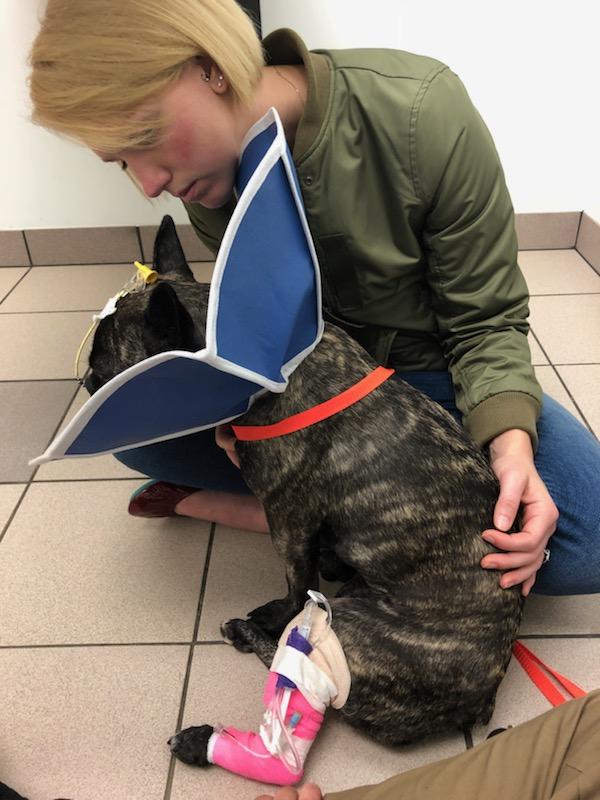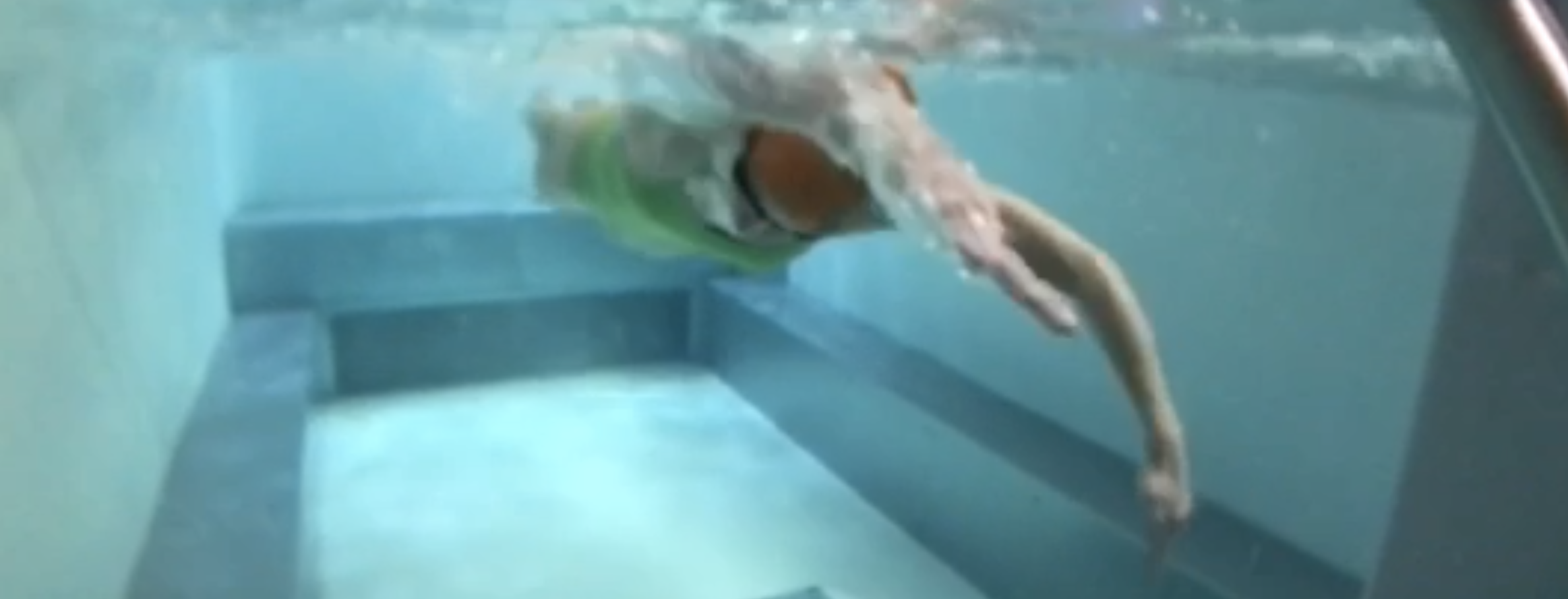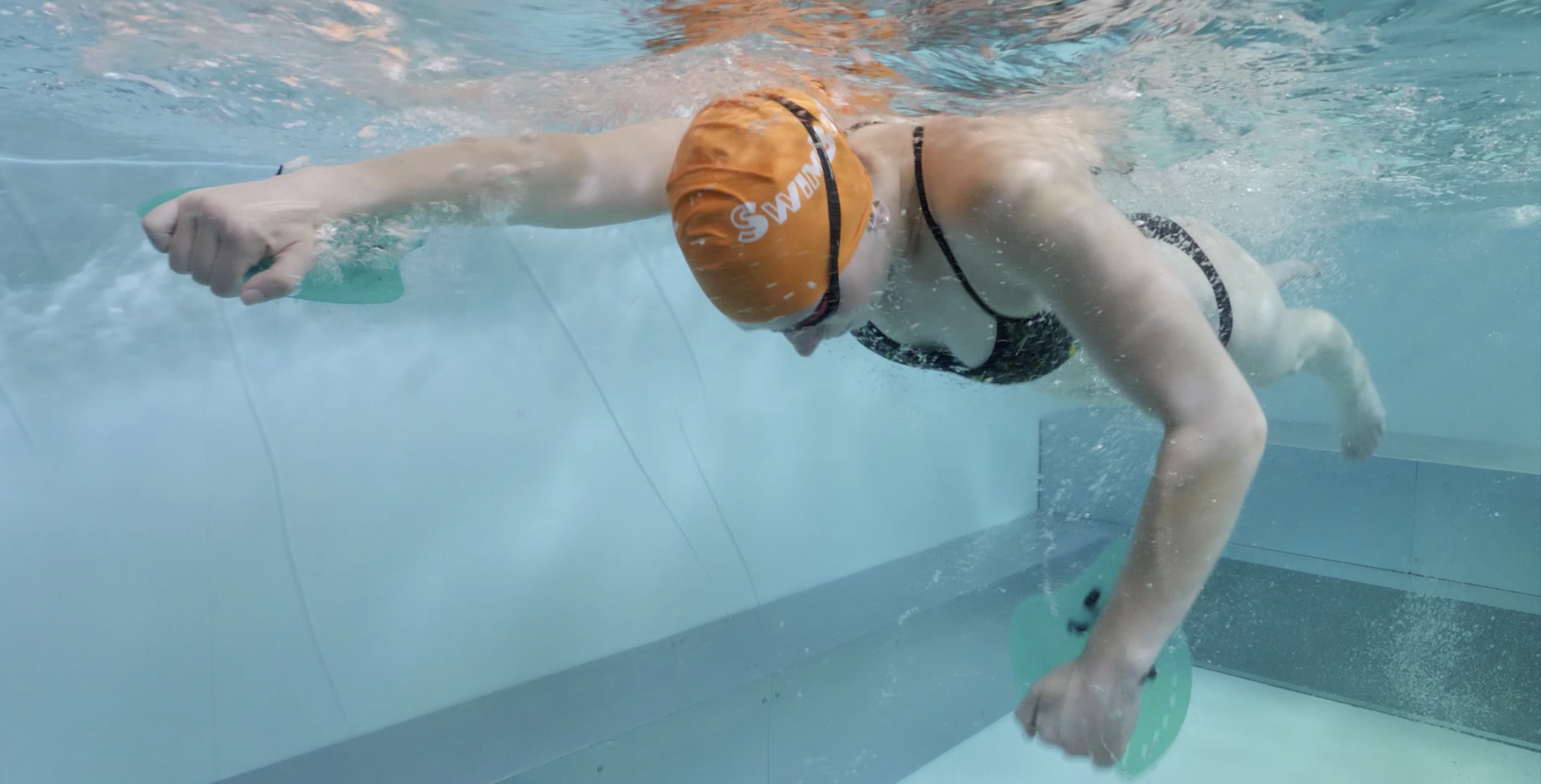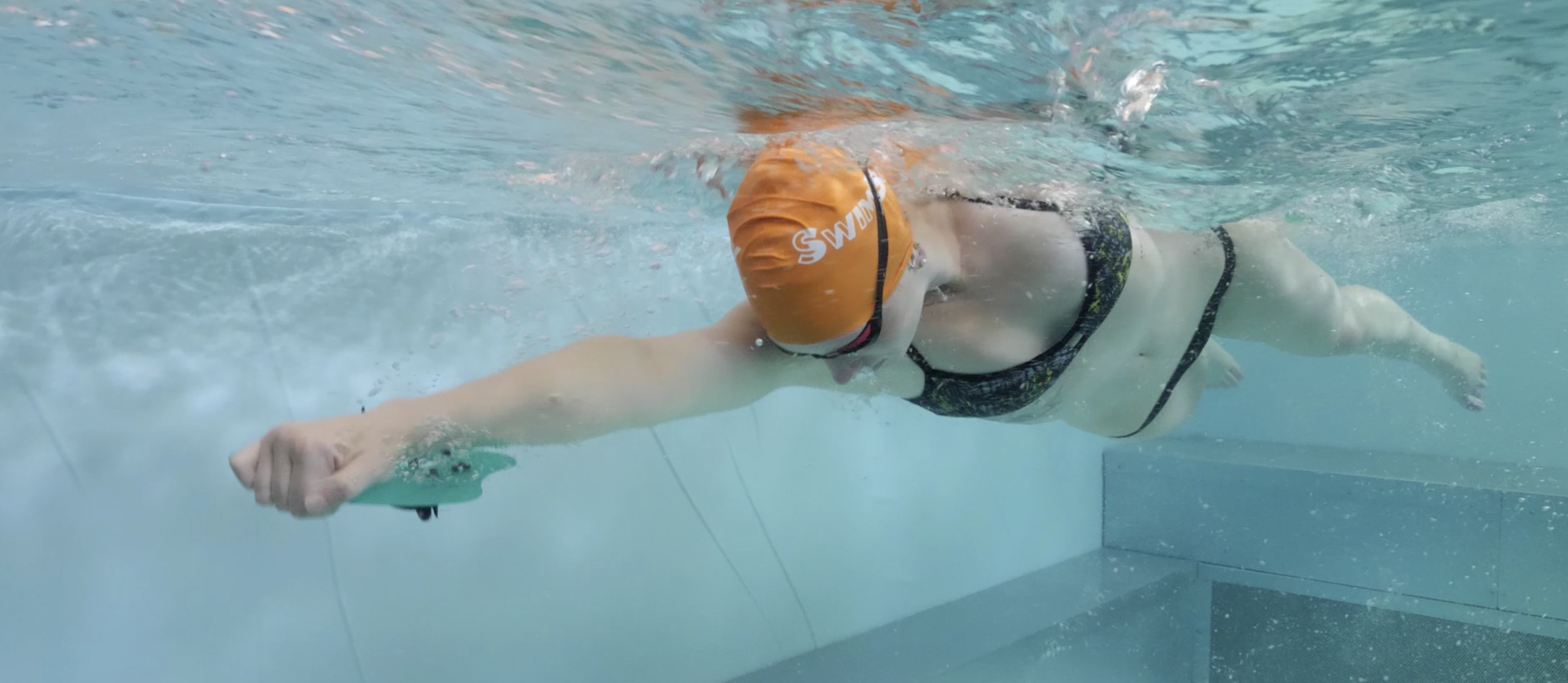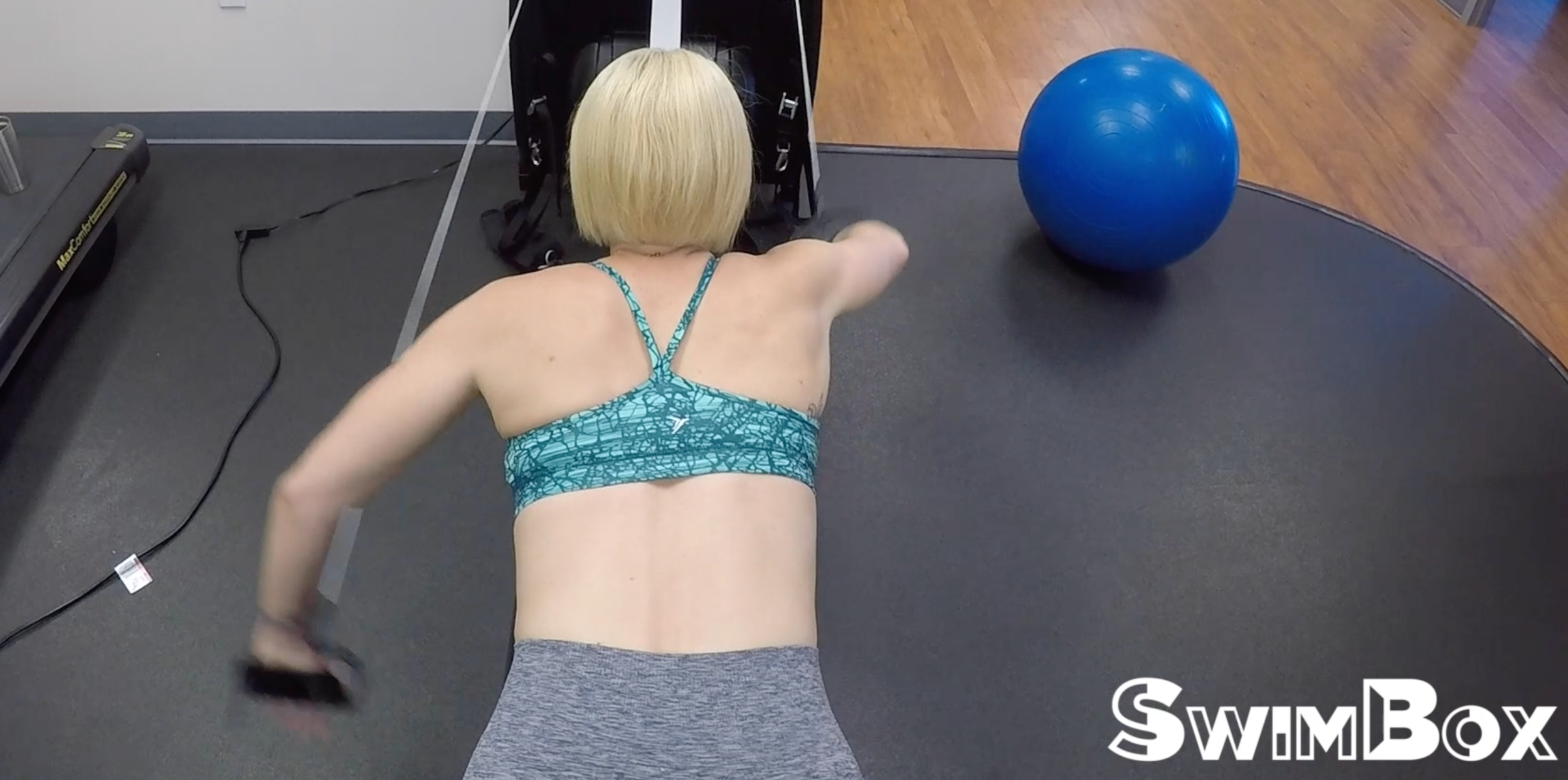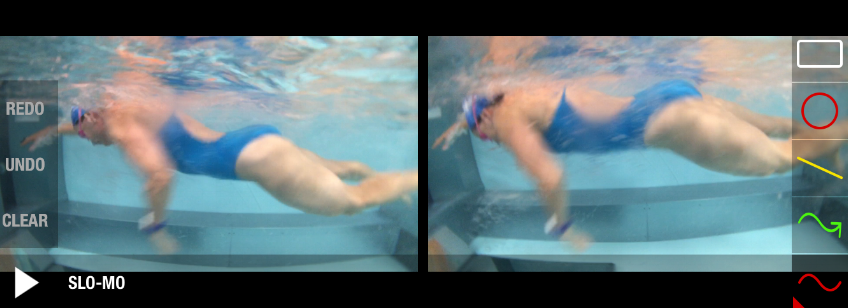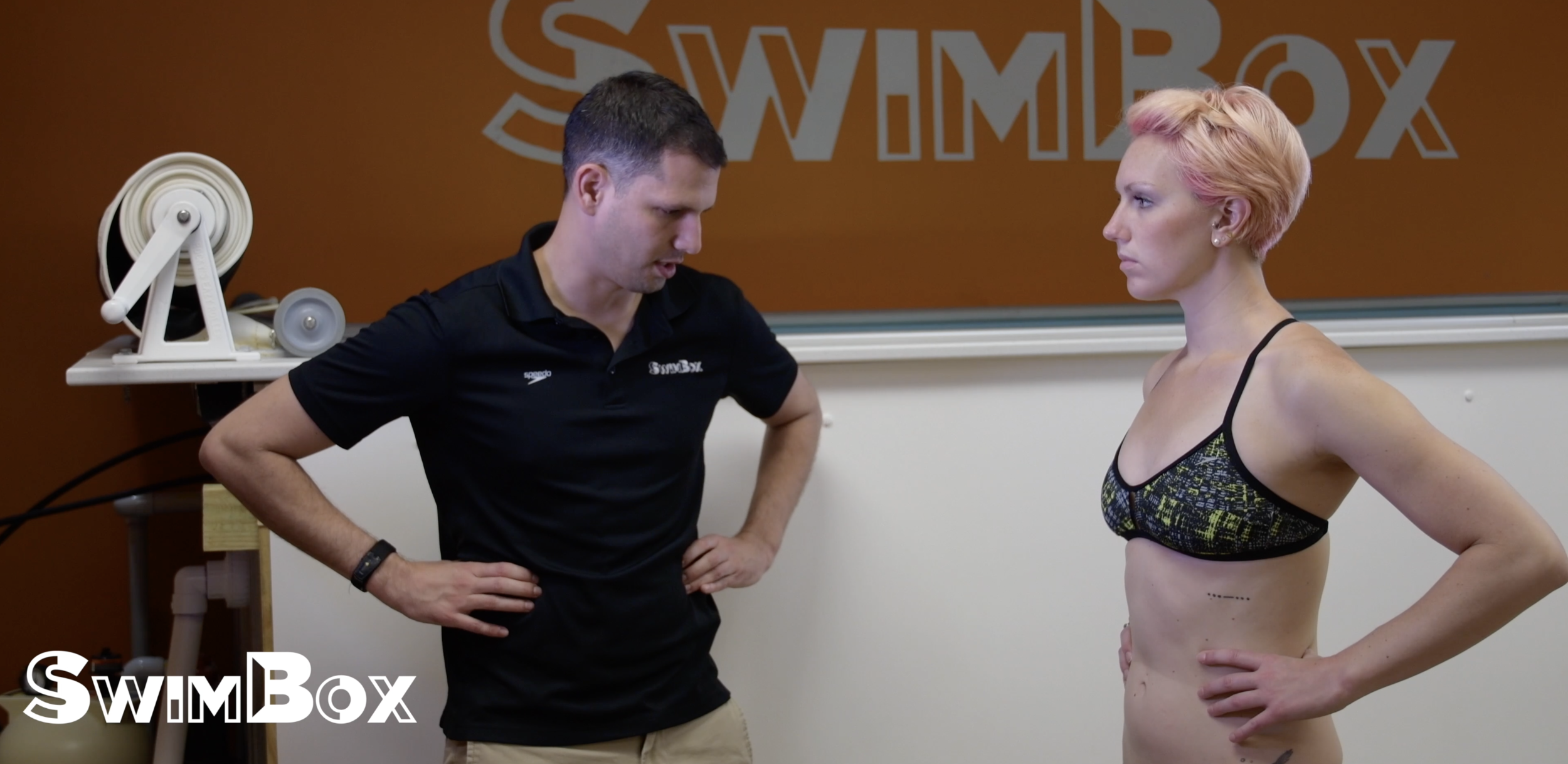This blog was always supposed to be my race recap post. I was hoping my husband would have gotten some good pictures of me in the water, coming in and out of transition, and on the run that I would be able to use. I was looking forward to talking about how great it was to train and compete in something completely new and different to me, and share how it all went. Unfortunately, that isn’t what this post is about, because I wasn’t able to go to Miami, and I wasn’t able to compete.
Two Saturdays ago (the Saturday before the race), super early in the morning, our sweet little frenchie fur baby Evvie starting getting sick. She couldn’t keep anything down all day, so Sunday morning Dominic and I took her straight to the emergency vet. Xrays and an ultrasound showed a foreign body in her stomach and intestines. Fluids were given over night to try to help the foreign body move along, but xrays in the morning showed it was still stuck, which was not the news we were hoping to hear. This meant that she was taken in for emergency surgery, cutting into her stomach to remove the foreign body. If you don’t have a pet of any kind, having surgery is always risky, no matter what kind of animal. So after I got the much stressed about call from the emergency vet telling me Evvie had to have surgery, a call that I barely (and probably unsuccessfully) could conceal my sobs and tears from being overheard, I took care of the one thing I felt I still had control over. I cancelled our flights, our hotel reservations, and our rental car. I should have reached out to the race director to try to have my registration deferred until next year, but it wasn’t anywhere near the top of my to-do list during those days.
To make matters worse, I got a call a few hours after Evvie went into surgery informing me that my grandfather was in the hospital after suffering a bad stroke. Seeing as he’s 96 years old and my mother lives over 370 miles away, I wasn’t really sure what to do. This just further cemented that I had made the right decision to cancel the trip, as I knew I had to be here for my mom until her flight came in.
So, what was supposed to be a great weekend filled with excitement and competition quickly turned into one overflowing with emotion, stress, anger, and at times, waves of uncontrollable helplessness and sadness. I was so worried that Evvie might not pull through the surgery, but I didn’t want to dwell on that, so instead I focused on how frustrated I was that I wasn’t going to be able to compete. I’d been training for months and wouldn’t be able to see my hard work pay off. I was working to use my nerves to better help my race, and I was getting excited to get out there and see what I could do.
Irrational as it may be, I focused on my anger instead of being sad. But even though my anger was misplaced and unnecessary, it helped me come to the realization that competing as an adult means there are some things more important than your training. This might sound silly, but growing up as a competitive swimmer who spent the majority of her waking hours practicing meant that if I didn’t get to compete sometimes I felt like there was nothing else important. I can imagine what my reaction would have been if this had happened when I was a kid, and let me tell you, it wouldn’t have been pretty. Good thing I’ve done some growing up over the years…
Being put in this situation also helped me see that there will always be other finish lines to cross. There will always be something else I can train for, and I should count myself lucky that I get to do these things in the first place. So, not exactly what I wanted to be writing about, but still a learning experience for me to go through.
Oh, and one last thing. If you have a pet, and you don’t have pet insurance, do yourself a favor and go out and get some RIGHT NOW. Because emergency surgery and a week at the hospital for a french bulldog is not cheap…


